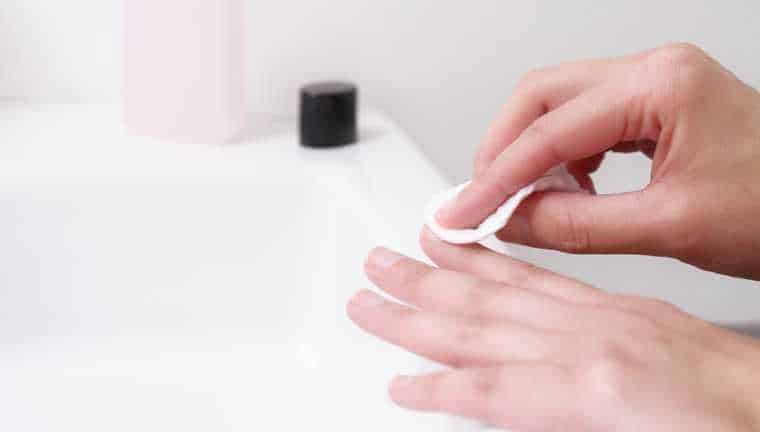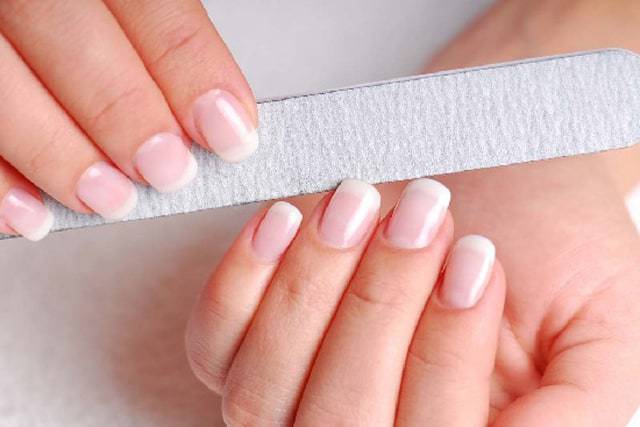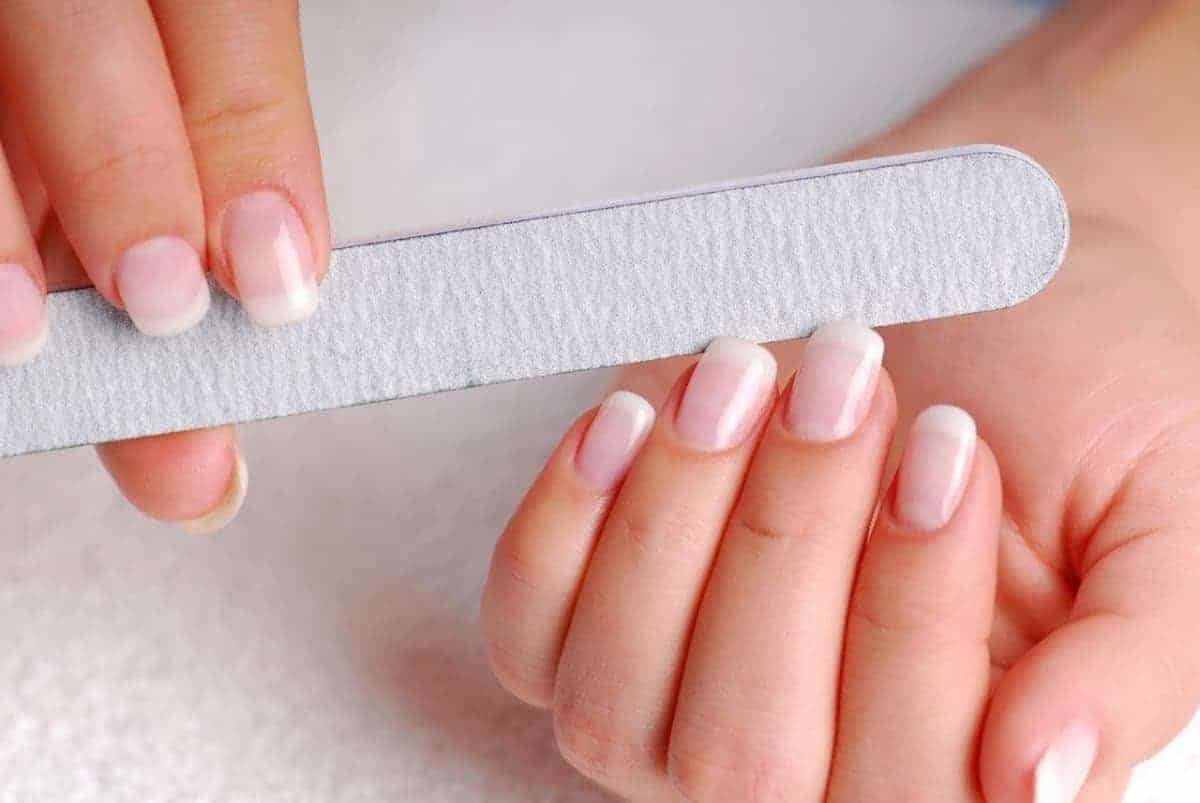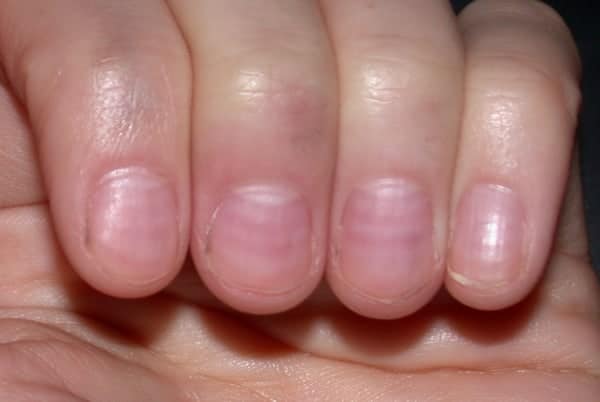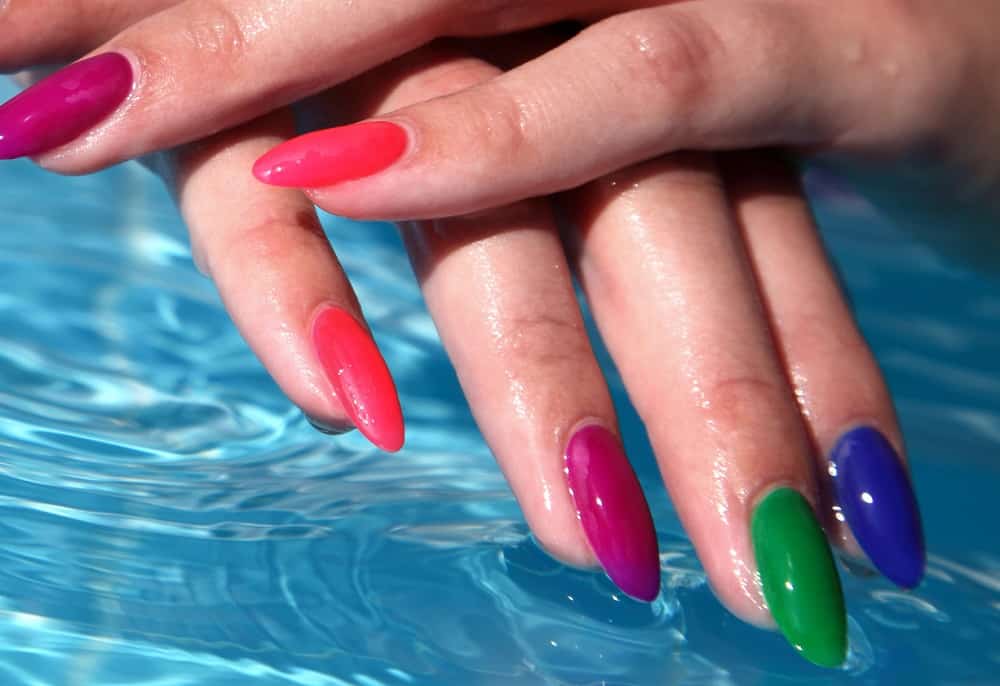Is Nail Polish Remover Equivalent to Just Rubbing Alcohol?
There seems to be a lot of confusion about nail polish remover and rubbing alcohol. Are they the same substance? Well, let’s explore the similarities and differences.
Nail Polish Remover Vs. Rubbing Alcohol
Solvents
Believe it or not, we are talking about four different liquids when we look at nail polish remover vs rubbing alcohol.
First, there are acetone and non-acetone nail polish removers. There are also two different types of household rubbing alcohol. Each is a type of solvent with different chemical characteristics and uses.
What Are Solvents?
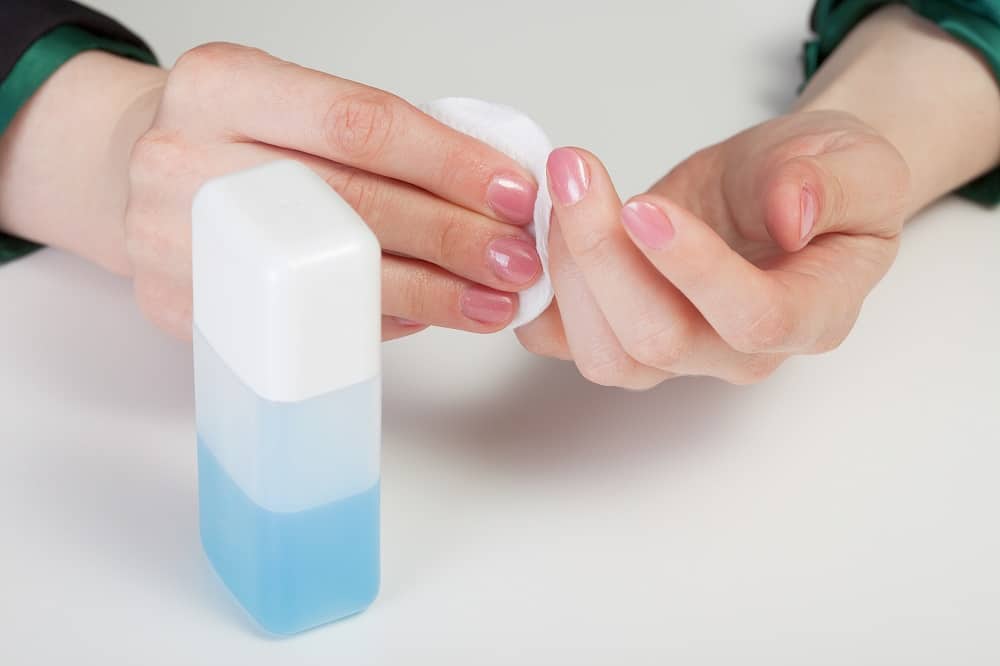
Now it’s back to science class for us. All types of nail polish are hardened plastic or polymer. Rubbing alcohols and nail polish removers are solvents that break down the chemical bonds in plastics or polymers. Apply the liquid to the hardened nail polish, add a little friction with a cotton square or ball, and voila! You can break down and rub away the polymer(nail polish).
Let’s talk about these four solvents and how they can be used in nail care. Next time you are standing in the drug store picking out nail polish remover, you can confidently choose the product that is right for you.
First, not all solvents are created equal. There are some major differences in each of these substances that you will need to consider. Let’s look in-depth at each one so you know when and why to apply them.
How to Remove Acrylics Without Acetone
Two Types of Nail Polish Remover
Let’s get back to the nail care aisle in the drug store. You most likely remember seeing nail polish remover labels say “non-acetone” and wondered what difference it makes. First, what is acetone?
Acetone Nail Polish Remover
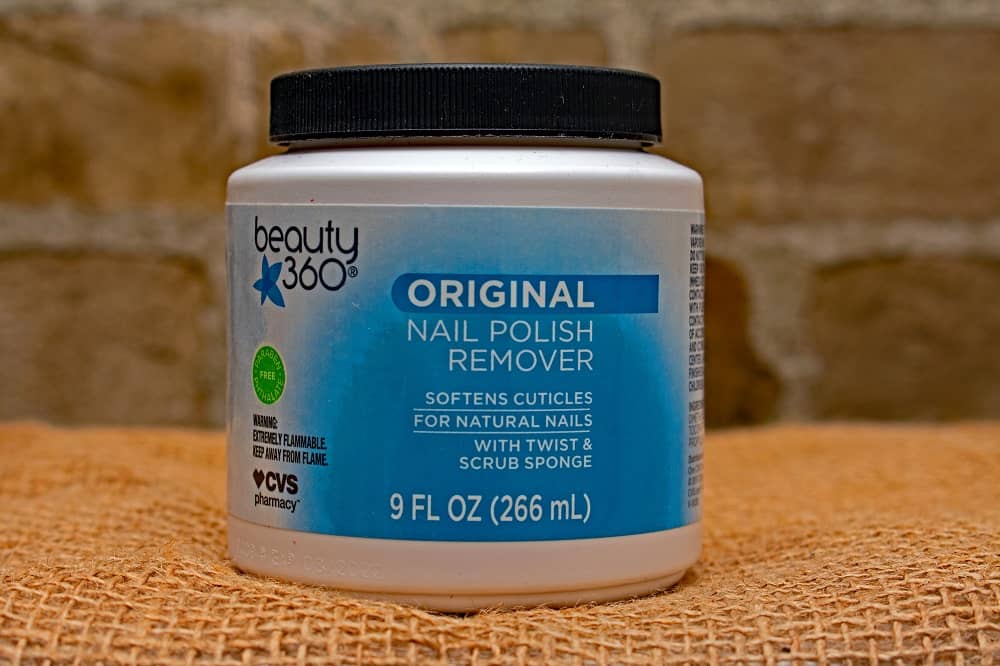
This product is the one you are most familiar with and have most likely purchased whenever you needed polish remover.
Acetone is neither an acid nor alcohol but is a ketone. Acetone is what gives nail polish remover its signature scent. It is the most efficient solvent of the four we are talking about today. For the quickest and easiest removal of polish, choose an acetone-based remover.
If acetone is a fantastic solvent, why would anyone want non-acetone nail polish remover? Acetone works so well because it is pretty harsh. It quickly breaks down the chemical bonds in the polymers that come into contact with it.
Non-Acetone Nail Polish Remover

Non-acetone removers were developed to be gentler on nail extensions. When you use nail polish remover on acrylic nails, you don’t want your remover to break down the chemical bonds and lift your nail extensions.
The main ingredient in non-acetone nail polish removers is ethyl acetate.
Ethyl acetate is formed by combining ethanol and acetic acid. This is the second-best solvent for removing polish. This slightly milder solvent is a better choice to remove polish while protecting nail extensions.
Another nice feature of ethyl acetate is the lack of harsh smell. It actually has a slightly sweet smell. So if you can’t stand that typical nail polish remover stench, choose non-acetone remover.
Two Types of Rubbing Alcohol
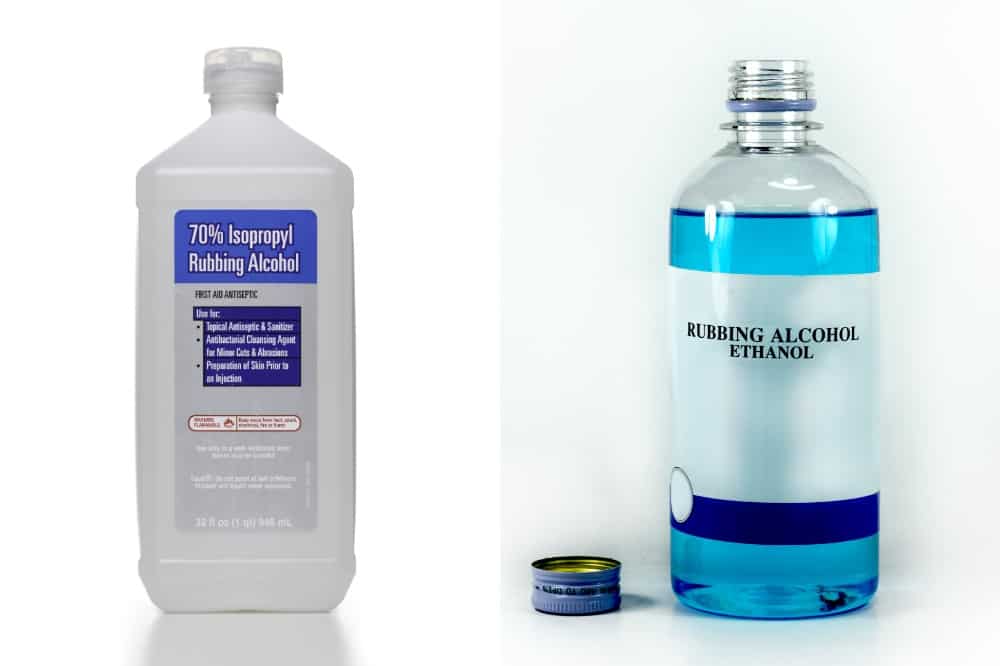
There are two types of rubbing alcohol that you can purchase at any drug store or grocery store. Rubbing alcohol is typically used in cleaning because it breaks down grease and resin. You can get ethanol or isopropyl alcohol.
Isopropyl Alcohol
Isopropyl alcohol is third on our list in terms of strength. It is commonly used as one of the ingredients in nail polish remover. However, it is most widely used as a disinfectant in hospitals and clean rooms. It is great for cleaning, but not the best for nail care.
Ethanol
Finally, ethanol is the weakest of the four types of solvents that we are discussing here today. It is also better used as a disinfectant than as a nail polish remover. Both rubbing alcohols are key ingredients in hand sanitizers.
Comparison Table:
| Rubbing Alcohol | Nail Polish Remover |
|---|---|
| 1. The key ingredient of removing nail polish ‘acetone’ is not present in rubbing alcohol | 1. Nail polish remover contains acetone |
| 2. Rubbing alcohol can be used as a hand sanitizer | 2. Nail polish remover is toxic to the skin |
| 3. Rubbing alcohol is effective to clean wound | 3. Nail polish remover is not good for skin |
Similarities:
- Nail polish remover and rubbing alcohol both are very flammable.
- Rubbing alcohol(isopropyl alcohol) will work as a substitute for nail polish remover but it is very time-consuming.
Related Topics:
If you are in a bind and cannot get out to the store for another product, these will do. However, you will need to apply more product and rub more vigorously than if you were using nail polish remover.
